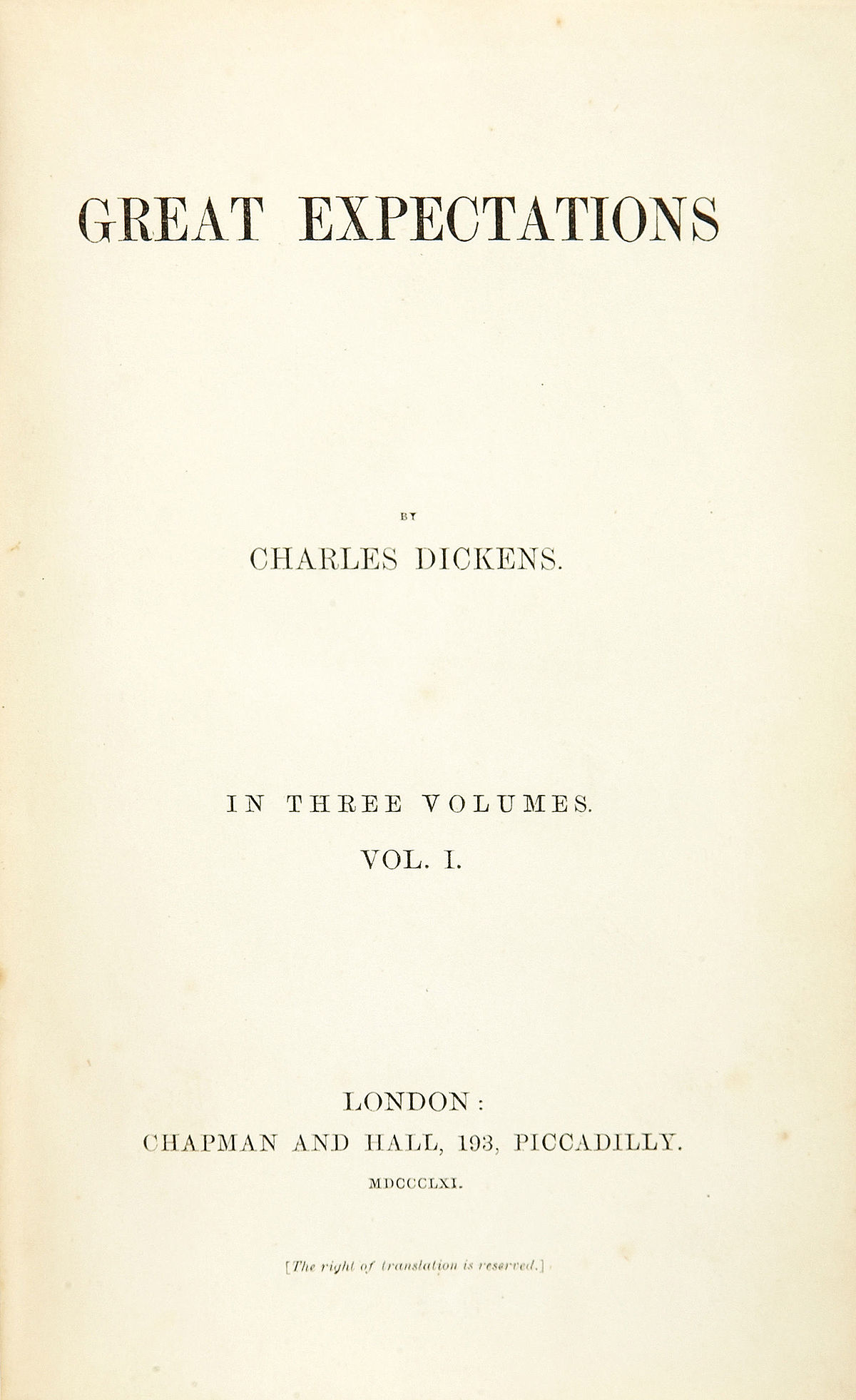Antagonists In The Church Pdf To Word

WHAT IS THE RAPTURE? IS IT IN THE BIBLE? Does the Bible speak of this Rapture? Well, not using that specific word. The word 'Rapture' is. THE HERESIARCH Nestorius, who gave his name to the Nestorian heresy, was born at Germanicia, in Syria Euphoratensis (date unknown); died in the Thebaid, Egypt, c. Spencer, who also lived in Nauvoo, but who remained aloof from the Church, turned antagonistic toward his family. Daniel Spencer Sr. Died at the age of seventy-nine.21 When word of Daniel. S death reached. Mormon Prophet and his company, and a group of his Nauvoo antagonists, in- cluding William and Wilson.
Polychrome wood carving by, Church of San Miguel and San Julian, A cilice, also known as a sackcloth, was originally a or made of coarse cloth or animal hair (a hairshirt) worn close to the skin. Andromeda Shadow Plug In Pendant there. It is used by members of various Christian traditions (including some communicants of the Anglican, Catholic, Lutheran, Methodist, and Scottish Presbyterian Churches ) as a self-imposed of and; it is often worn during the Christian season of, especially on,, and other Fridays of the Lenten season. Cilices were originally made from sackcloth or coarse animal hair so they would irritate the skin.
Other features were added to make cilices more uncomfortable, such as thin wires or twigs. In modern religious circles, cilices are simply any device worn for the same purposes. Contents • • • • • • Etymology [ ] The word derives from the cilicium, a covering made of goat's hair from, a Roman in south-east. The reputed first Scriptural use of this exact term is in the original Latin of 35:13, 'Ego autem, cum mihi molesti essent, induebar cilicio.'
Interfata Windows Xp In Limba Romana Download Movies here. This is translated as hair-cloth in the Douay Bible, and as sackcloth in the and the ( 'But as for me, when they were sick, my clothing was sackcloth.' In the King James Bible). Sackcloth is often mentioned in the as a symbol of and penance, and was probably a form of hairshirt. Sackcloth may also mean.
However, sackcloth in the was usually made of coarse, black 's hair. Closeup of a metal cilice with inwardly-pointing In novel, one of the, an named associated with the religious organization, wears a cilice in the form of a spiked chain around his thigh. The sensationalized depiction in the novel has been criticized for its inaccuracy in subsequent books and by Opus Dei itself, which issued a press release responding to the movie's depiction of the practice, claiming 'In reality, they cause a fairly low level of discomfort comparable to fasting. There is no blood, no injury, nothing to harm a person's health, nothing traumatic. If it caused any harm, the Church would not allow it.' This section needs additional citations for.
Unsourced material may be challenged and removed. (December 2015) () In play,, the title character is shown to be a religious hypocrite when he wears a hair shirt with the hair lining facing outward, so that it can be seen, rather than felt. The character commissioned the creation of a suit with 612 internal spikes to represent each person who died in an explosion for which he felt responsible, so that he would be reminded of their pain in everything he did.
In 's 'The Legend of St. Julian the Hospitaler', Julian wears a hair shirt with iron spikes to do penance for his. In Flannery O'Connor's novel, the protagonist Hazel Motes is discovered by his landlady to be wearing a barbed wire cilice around his torso after he has blinded himself. She also finds that he has been walking miles each day with small rocks and glass in the bottom of his shoes. In series, members of the militant branch of the known as Warrior's Sons and Poor Fellows commonly wear hair shirts. The High Septon appointed in known as the High Sparrow also wears one.